Back in 2020, Julian Parry explained the creation of the visual effects for the first season of The Witcher. Today he talks to us about a new heroic fantasy universe with The Wheel of Time.
How did you get involved on this TV show?
It was early 2020 and I took a call from the shows producers, they explained they had a very challenging show that required some potentially complex VFX sequences, which included Magic, mythical environments and Creatures all of which are my forte and had just supplied similarly for the massively successful genre project The Witcher.
How was the collaboration with the showrunner and the directors?
An amazing collaboration between Rafe Judkins and all the production and post teams. Episodes 7&8 were as the shows finale episode always chalked as big, but this became trebled work load due to the pandemic that hit March 2020.
What was their approaches and expectations about the visual effects?
Across the whole show Rafe wanted the VFX as authentic as realistically possible and this was the same for Block 4. Ciaran Donnelly (Director block 4) and I have worked together before and has a great understanding of the processes and what helps aids story and production. Rafe, was very happy to keep the Visual effects minimal for many seasons, but all this changed with the pandemic and we found ourselves now leaning heavily on all that VFX could offer a production to deal with completing the series whilst the world came to terms with lock-down.
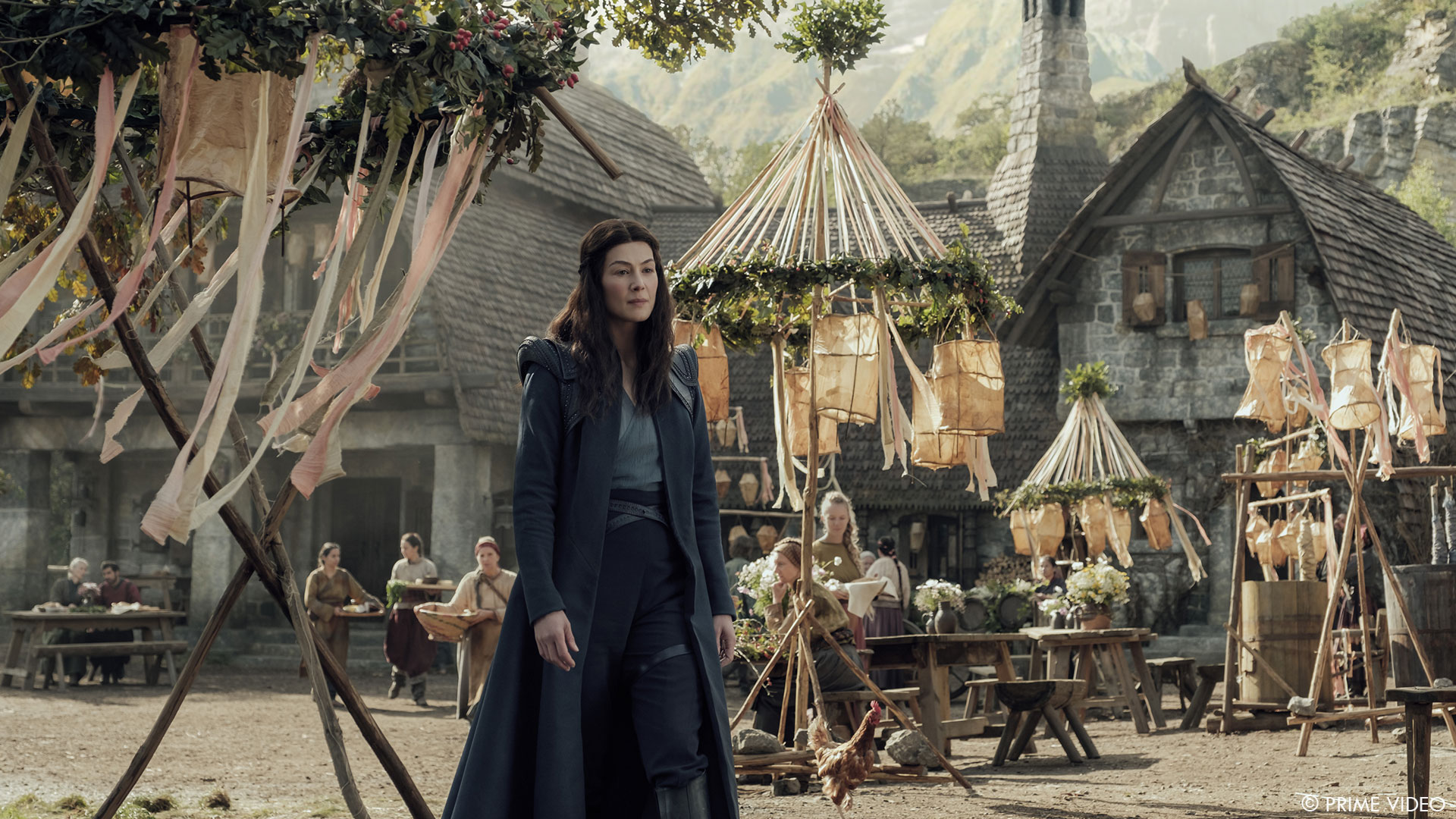
How did you organize the work with your VFX Producer?
The team was great, I like to set this up so I can focus on creative and leave the mechanic’s with the Studio, VFX Producer and VFX team.
How did you choose the various vendors?
Most of the Vendors I’d worked with before but with a show like WOT and its 3.5k plus shots and a very limited TV post period did require us to break out to other vendors to help spread workload. Its not always the ideal but this is what got this show across the delivery line. It makes sense to choose vendors based of creative work type strengths. Eg. Cinesite equaled Magic. Creatures, MPC episodic.
Can you tell us how you split the work amongst the vendors?
Simply as above, working to those vendors strengths but unusually this time around it was also down to who could respond to the pandemic and the difficulty of working remotely over these last 20 months. So not only did we have the standard VFX production challenges we had remote working to deal with and a world dealing with a new paradigm.
After The Witcher, what was your approach to create a brand new fantasy universe?
Ones first thought is « Be different ». The big bonus for The Wheel of Time was the incredible amount of source material and detail supplied by the writer (Robert Jordan). I simply had to be steered by these great guideline and add a sprinkle of my own style.
What kind of references and influences did you received for the environments and creatures?
As the last question, this was massively book base. Rafe constantly referenced Jordan journals and WOT oracles. Outside of this I personally like to use real world and physical reference because I’ve found there’s nothing like showing and pointing to a reference. On this particular show I mainly referenced astrological deep space references.
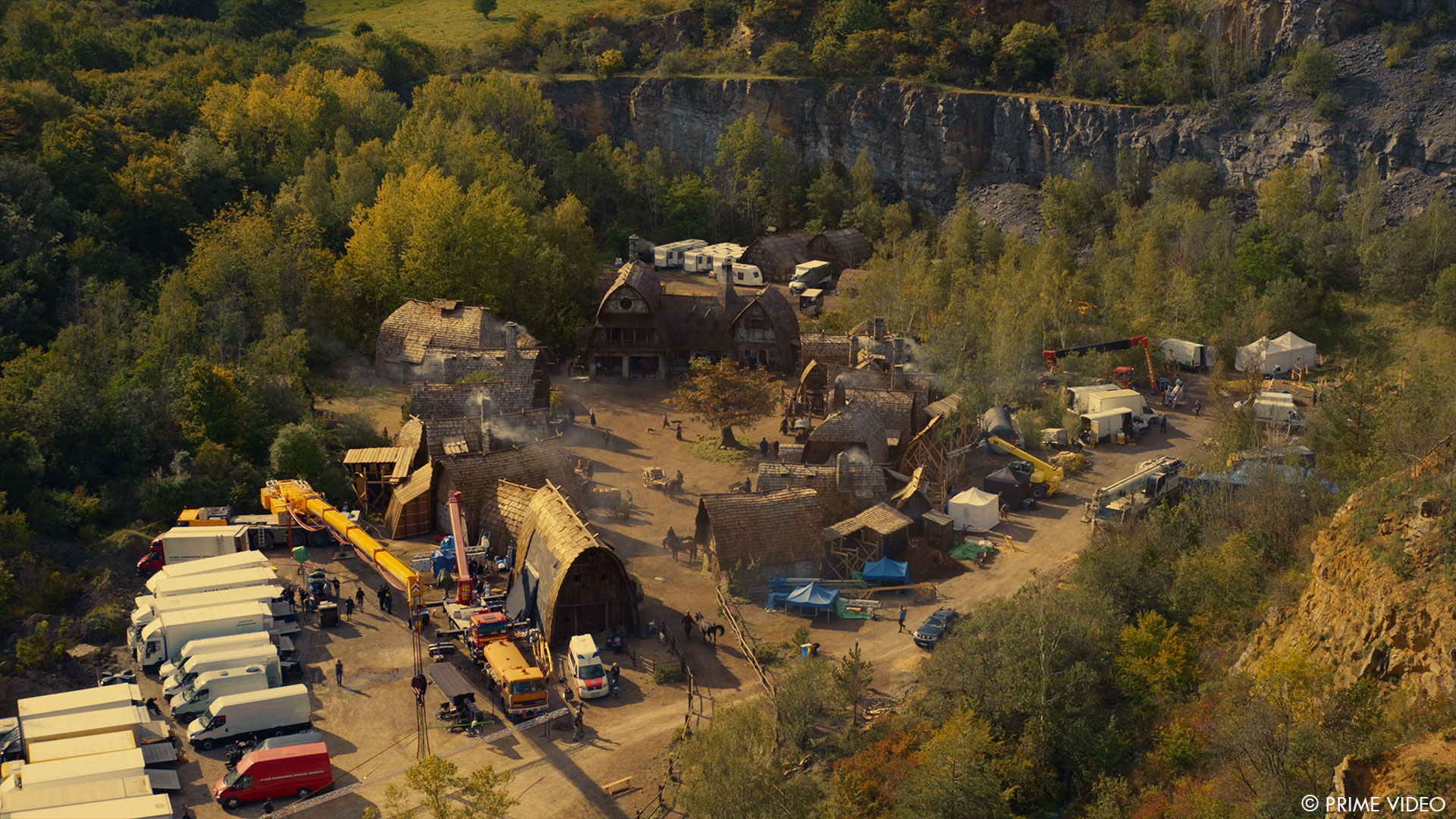
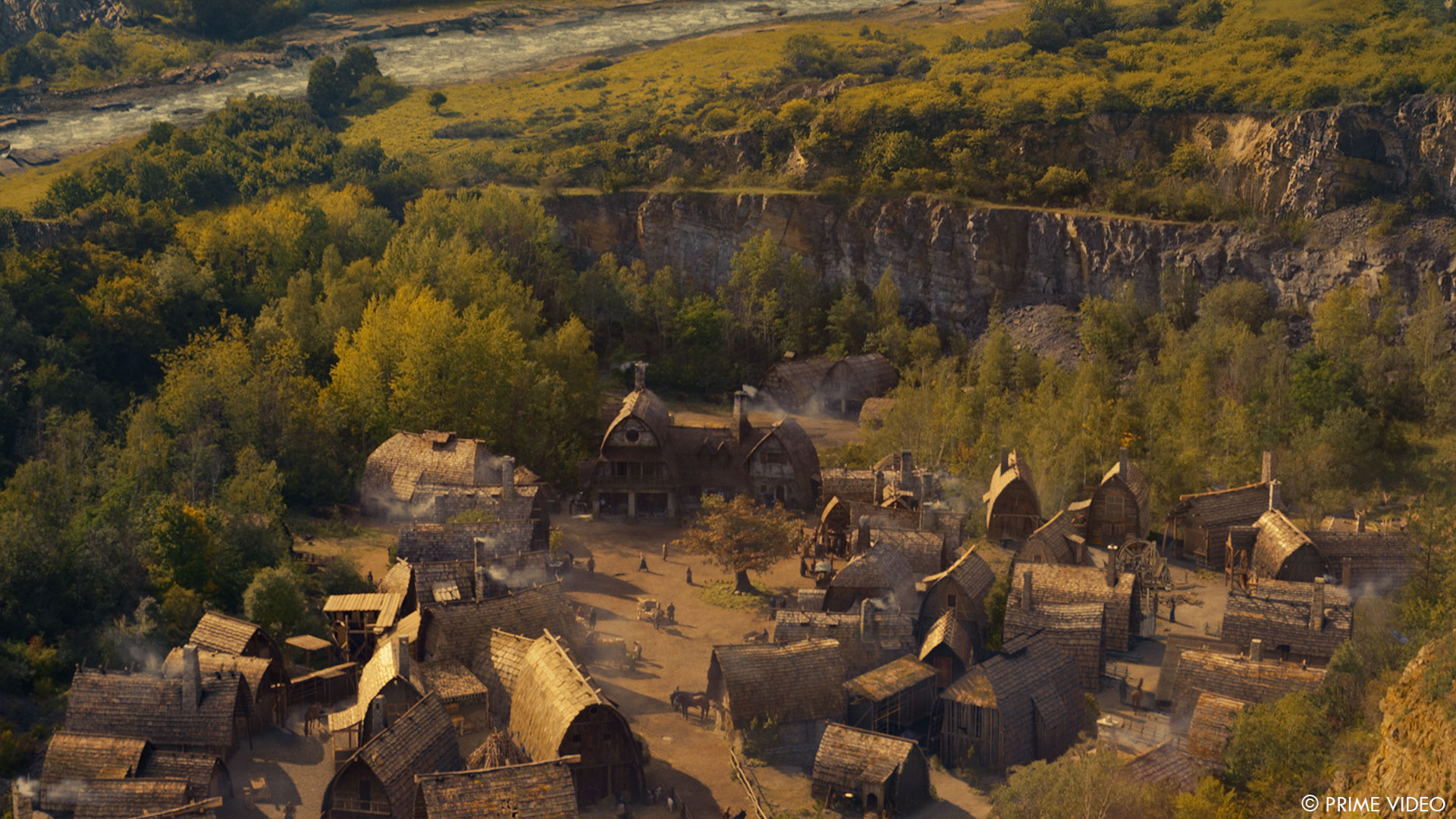
Where was filmed the various locations of the series?
Production is based in Prague Czech republic. Until March 2020 the production had the luxury of moving around European locations and making use of spectacular Vistas. It was only after March 2020 that we had take a more technical VFX orientated approach to still keep the scope and scale of the show but within the confines of the then Pandemic restriction.
Can you elaborates about the design and creation of the environments?
This was overseen by the show Production Designer Ondrej Nekvasil and whilst I can’t speak for him I do know the art department was driven majorly by the book references. The art department were incredibly supportive of the VFX process. There are huge benefits to resource sharing and collaboration and as the critics and fans alike have said the show does look spectacular. There are of course stages within the VFX environment building process where things can fall off the ledge but thats where I rely on my design background to bridge any gaps.
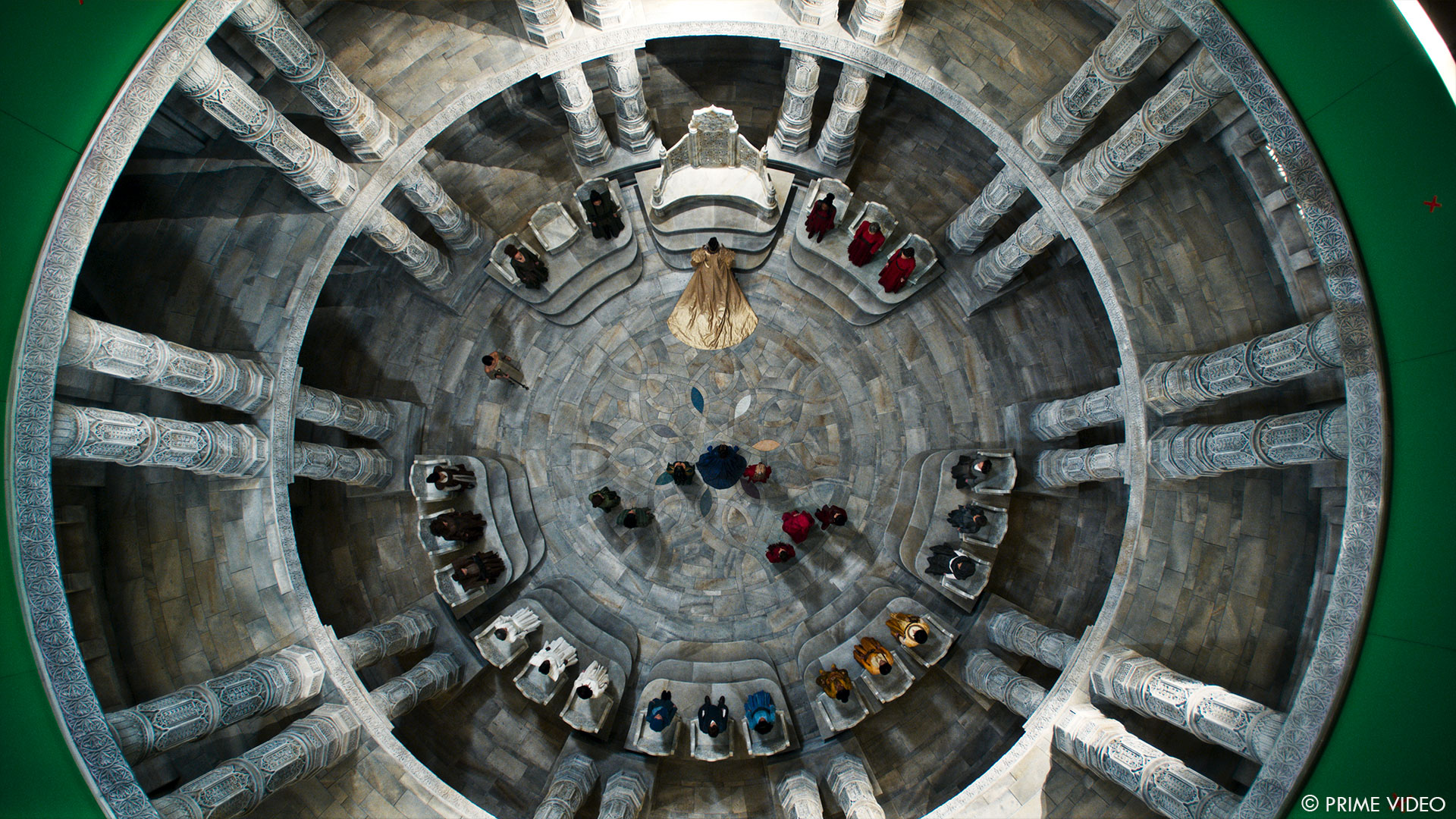
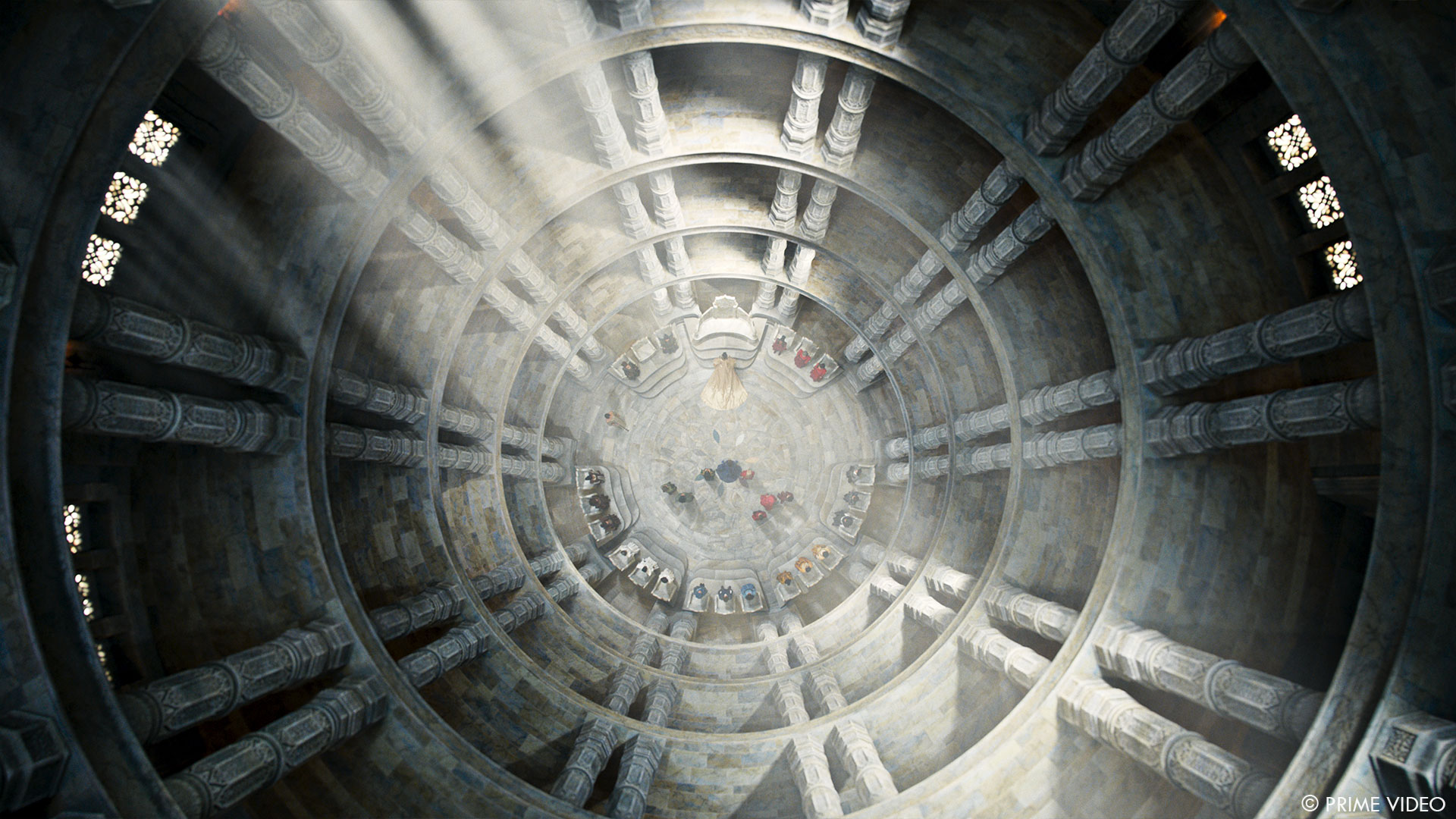
The cities are seen in various light conditions. How did you handle the challenge?
Those are all by design, either by the DP, DOP and my self on set-on the day, or later in post- production when working with Rafe on the establisher of a said City or environment. These particular VFX shots cost small fortunes so my take on this is, do something spectacular or don’t bother. Outpost VFX, MPC, RISE and Automatik VFX took great care of our environments.
Which one was the most complicate to create?
With all environments, the main issue seems to be giving that city or environment « Life”. The most complex was Tar Valon. Majorly featured and beloved by many book fans, we had to get this right and I think we succeeded but like many other creative departments in Production, it’s tough to get fantasy right. For example how do you work towards the realism without ending up looking medieval or Sci-fi, this is what is actually the most complex part. And here again we always resort to real-world references.
Let’s talk about the creatures. Can you elaborates about their design and creation?
The Trollocs were designed and built by Nick Dudman’s prosthetic team, drawing upon book references and concepts. The creature department built I believe twelve hero Trollocs, eight background, twenty in total. Block four required thousands of hoarding Trollocs, enter us, VFX. We took all the references and concepts and went to work on creating a whole new line-up of Trollocs including “Narg » (Tam and Rand attack) “Boris » (Nynaeve attack in village alleyway), “Polo » (Nynaeve attack in Rockpool), “Baboo » (Attacking wall window), “Creepy » (attacks Moraine and is decapitated by Lan) « The General » creature Trolloc (featured Trolloc) and many more. That was fun.
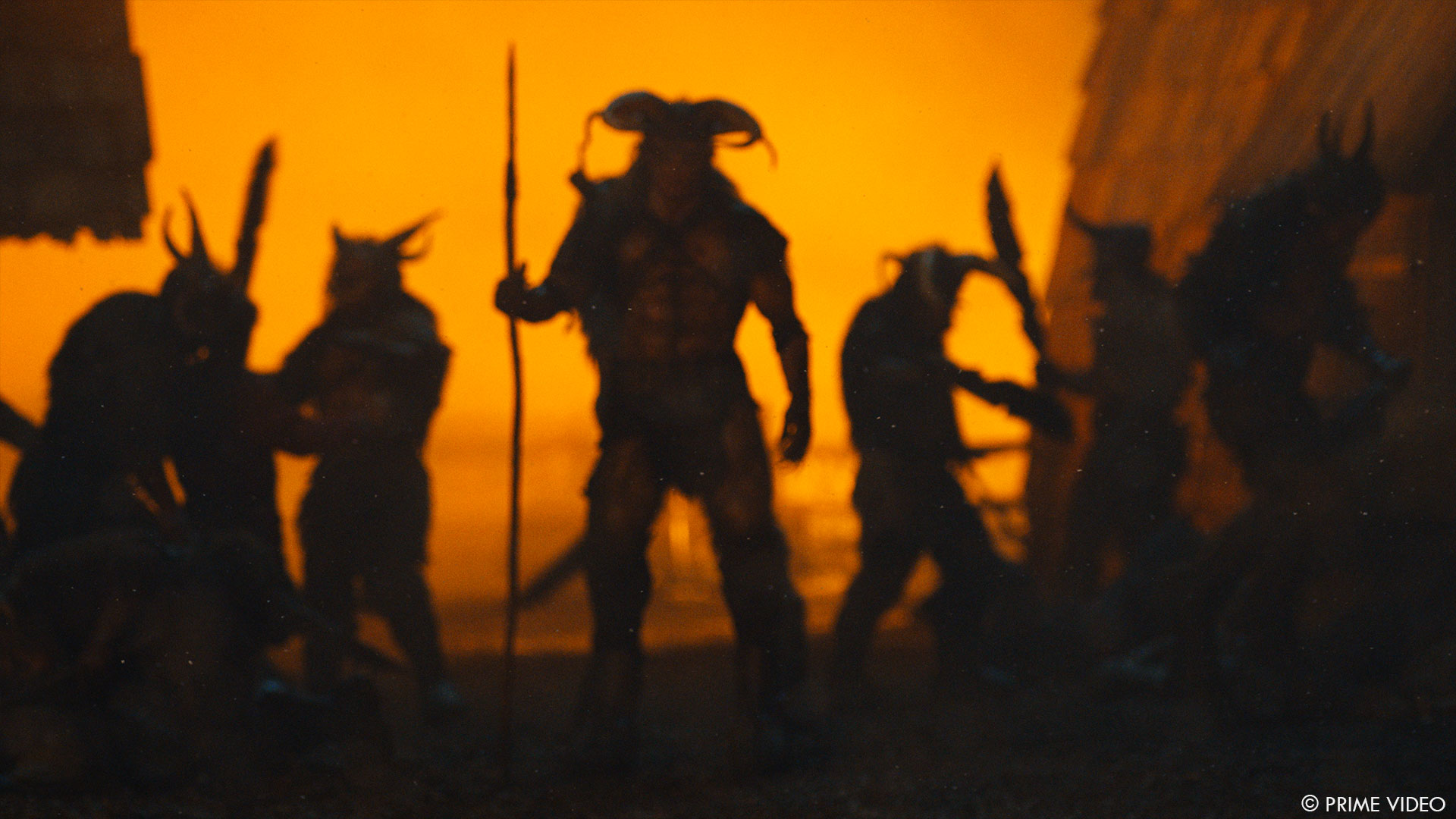
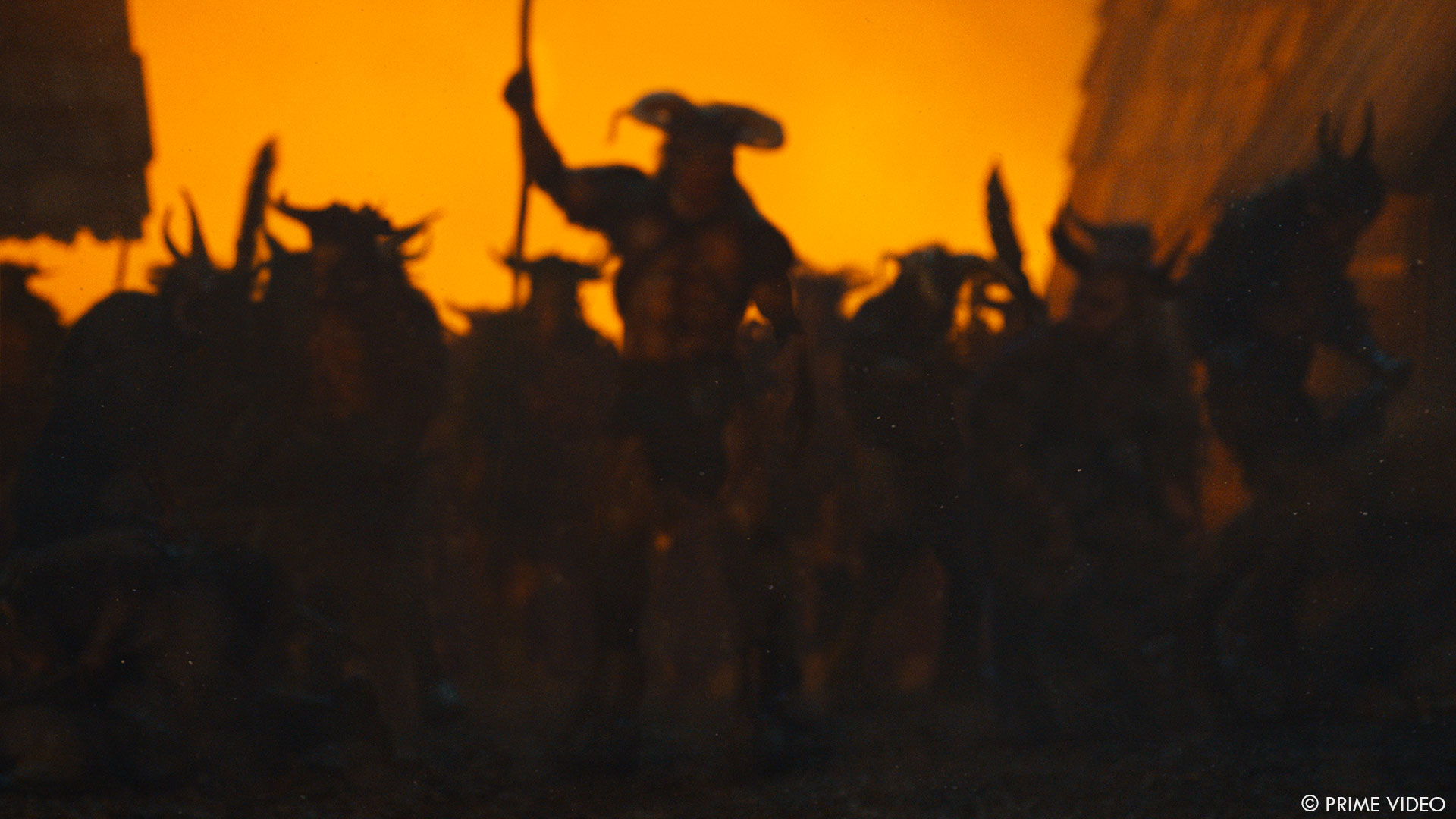
How did you create the terrifying face of The Fade?
Initially designed early in production. Rafe asked we give this on-set prosthetic even more punch. Working with MPC episodic we looked at a couple of ugly natural references and coupled with a few cues Rafe offered, bingo you have the slug -skinned – multi toothed – shadow spawn aka Fade.
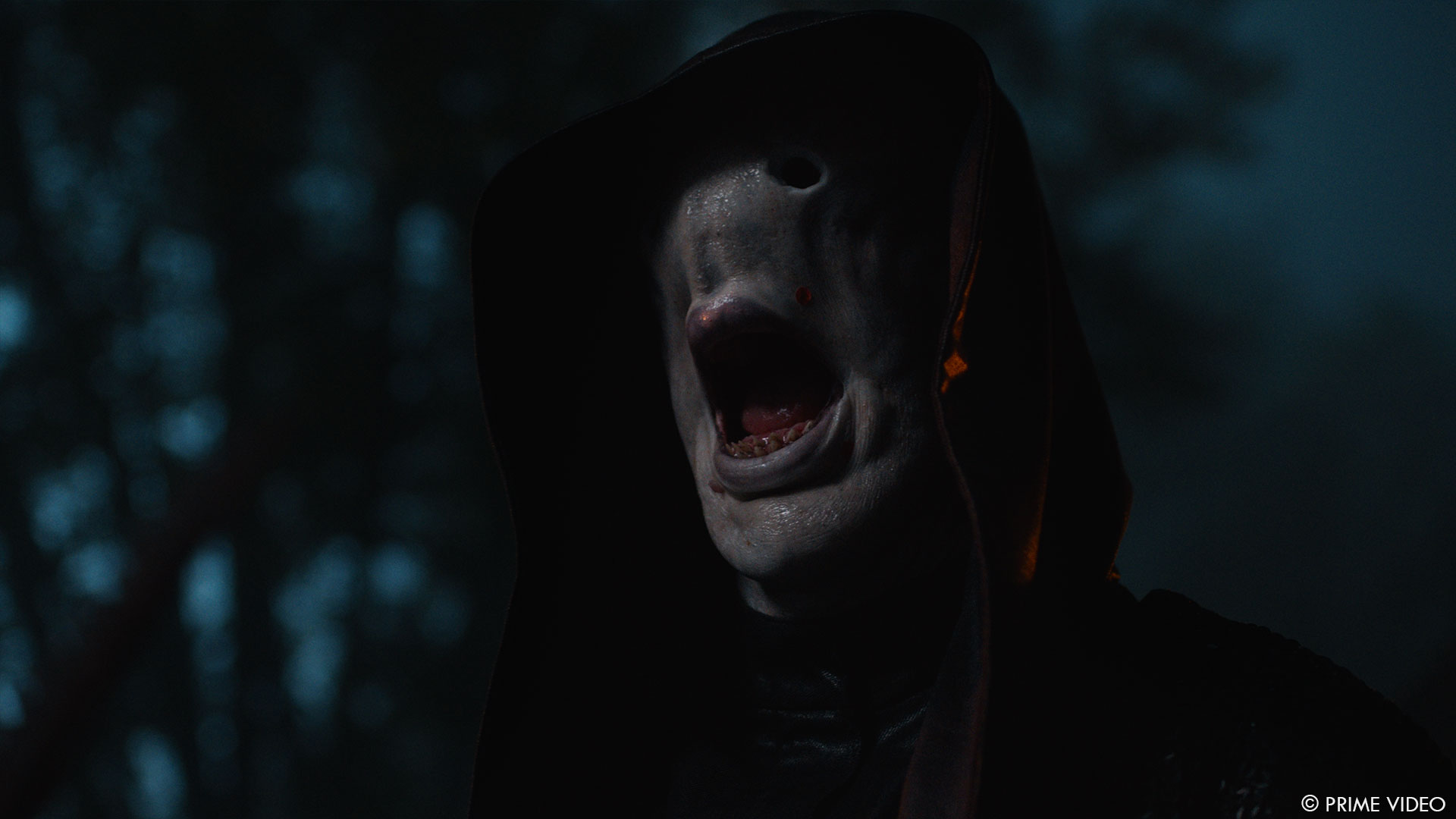
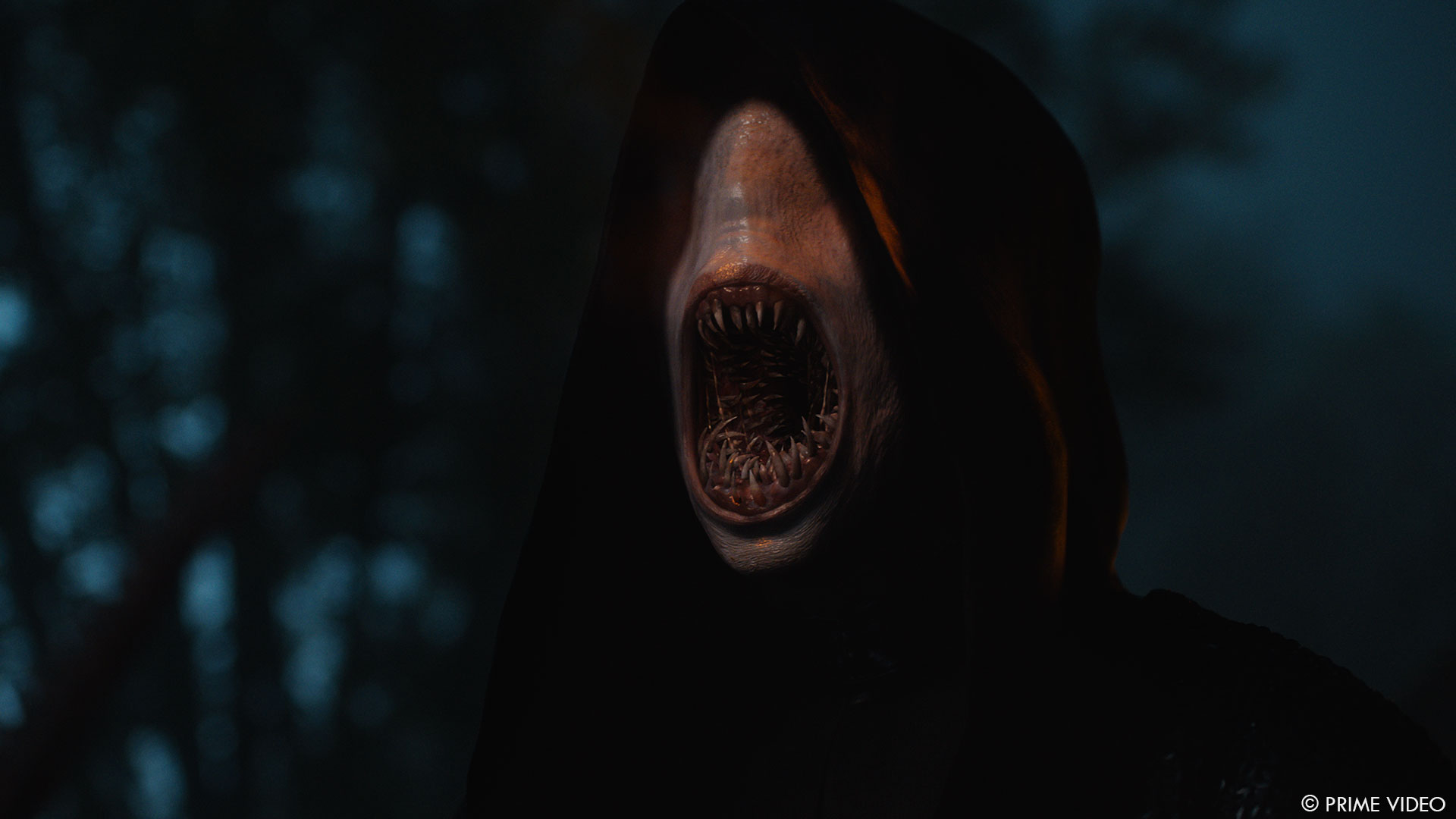
What was the main challenges with the creatures?
With any creature work it’s getting them to look and move right, So many companies do creatures but they look like they are straight out of video game, thats just what we don’t want.
How did you mix the practical and digital effects for the creatures?
It was more by luck than judgement. Since my early days with Jim Henson I’ve always been an advocate of having a on-set creature (person in suit even if thats a proxy). Nick and his team supplied the real deal for WOT but the show would require many more Trolloc’s than the prosthetic team could supply and Rafe also wanted a little more performance (drama) from some. So I think here was the best case scenario live action hero creatures, mixed with substantial VFX creative crowd extension and enhancements.
It’s a universe full of magic. How did you create and animate it?
Very early in a project, I like to get this resolved. The main reason is so all can see where VFX are headed and all understand the philosophy or in other words the approach. We can assess the on-set requirements up front and not have afterthought issues. We can also build philosophies so all can understand theories for example the « Channelling we constructed a legend that split the Weaves-out into the five component elements – Air – Fire – Earth – Water and Spirit, which actually made a beautiful construct for the final weaves. It’s really important to get these ideas down and all the bumps ironed out before going into VFX production. The following animation paths were lead by the actors performance and then editorial selects which then came to VFX to refine and finesse the post animation layouts.
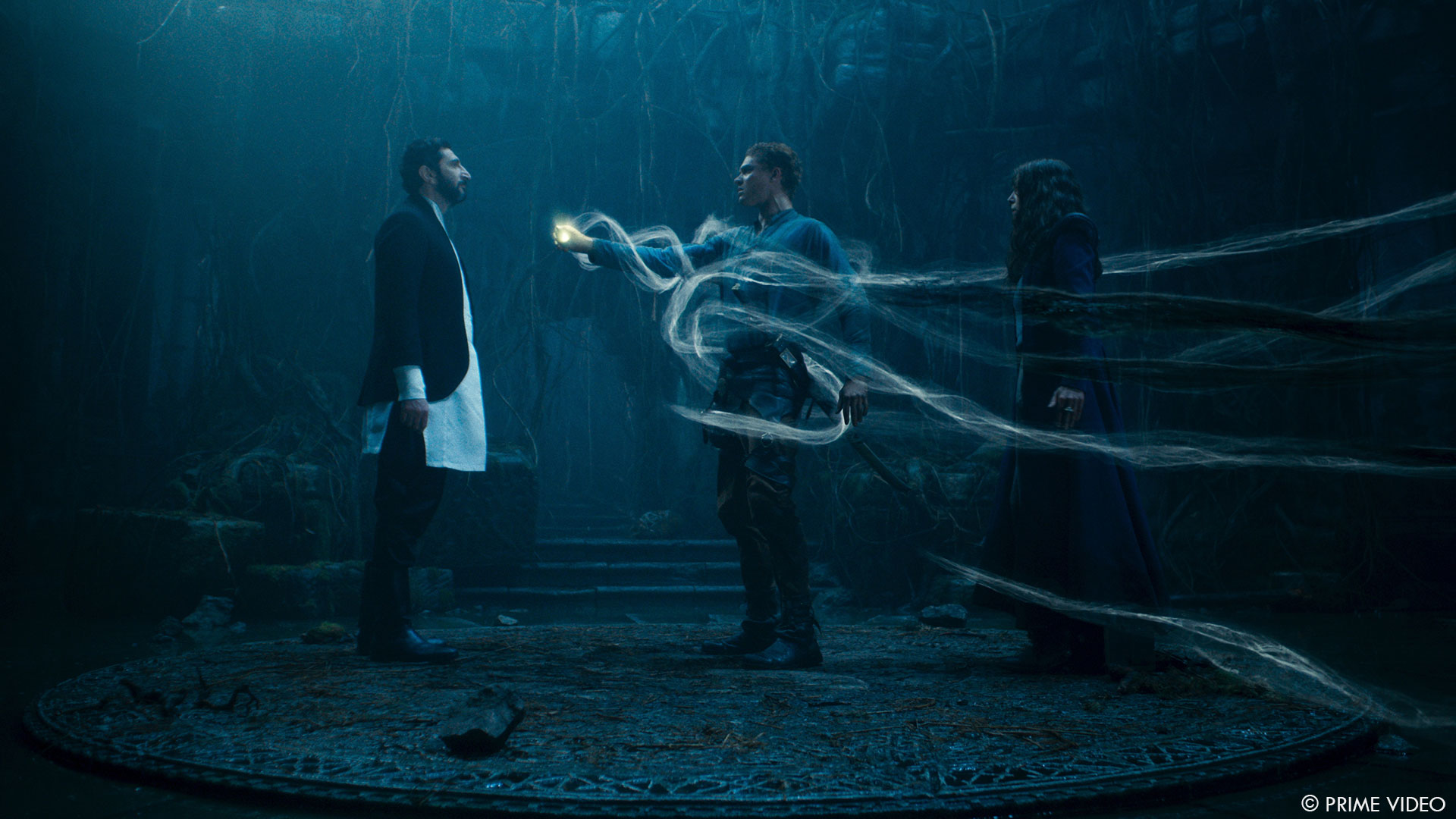
Can you tell us more about the magic of Moiraine Damodred?
Rosamund has explained her thoughts and process on the « One Power”. This was something I was more than happy to follow. I also loved the concept that actually we could have left the Weaves out of the shots and maybe the audience would still gotten every single beat of the drama. Half of what we see on screen is totally sold to us by the incredible actors performances.
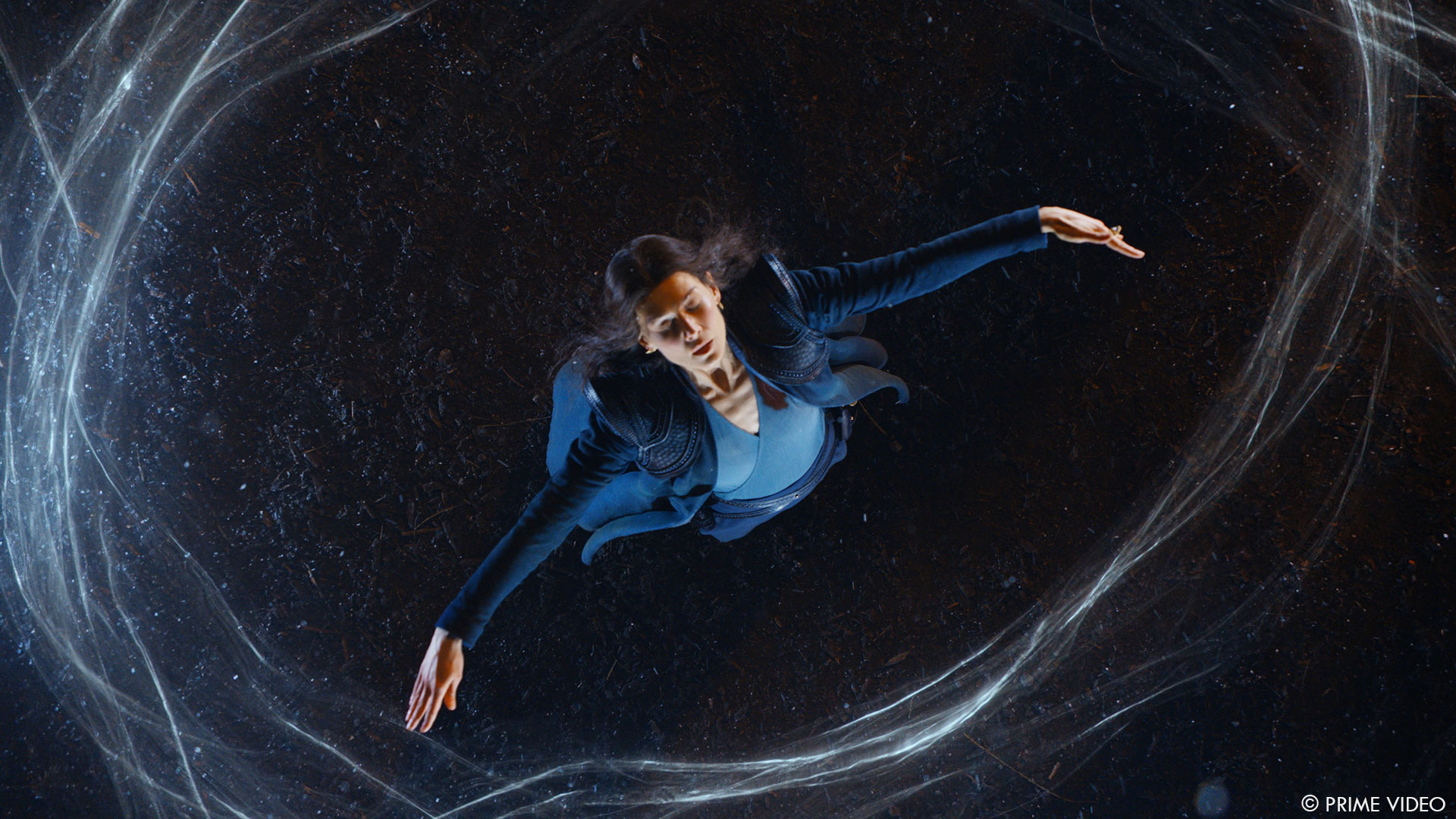
How did you help the actors to visualize their magic?
I always make a point of giving the actors as much context as they wish. I often direct the VFX unit or second unit, that’s collecting this photography so this also becomes part of the process for me.
How did you handle the interactive light for the magic on set?
Very carefully. Film crews are their own worst emery. VFX by definition have a reputation for being able to do anything and this just isn’t true. This goes for interactive lighting. Sometimes it can work, other times it can be a big fail and cause more restoration work than the main VFX work planned. In short we used the interactive light wisely.
Can you explain in detail about the design and creation of the FX work on Logain Ablar?
This had to be one of the most complex VFX sequences I’d ever been involved with. You have to remember we are a TV show and we don’t have the resources a major FX movie has at hand. We shoot the footage, its edit assembled and then turned over to VFX. This just wasn’t that type of sequence. Its a huge VFX animation scene that required pacing, structure and finesse. This question requires an essay type reply but in short as above the Rafe and the actors planned approach, remember there was a version without any visual enhancement (One power). The actors played out the scenes all with just belief in their actions, this was fairly standard practice up unto the point the ladies form the circle to amplify the one power to raise Logain to the point he’s Gentled, which actually took the form of a frontal blood eagle, this was beautifully handled by Cinesite London. This sequence wasn’t as easy as the short explanation paragraph above and took months in post. I’m exhausted even thinking about it.
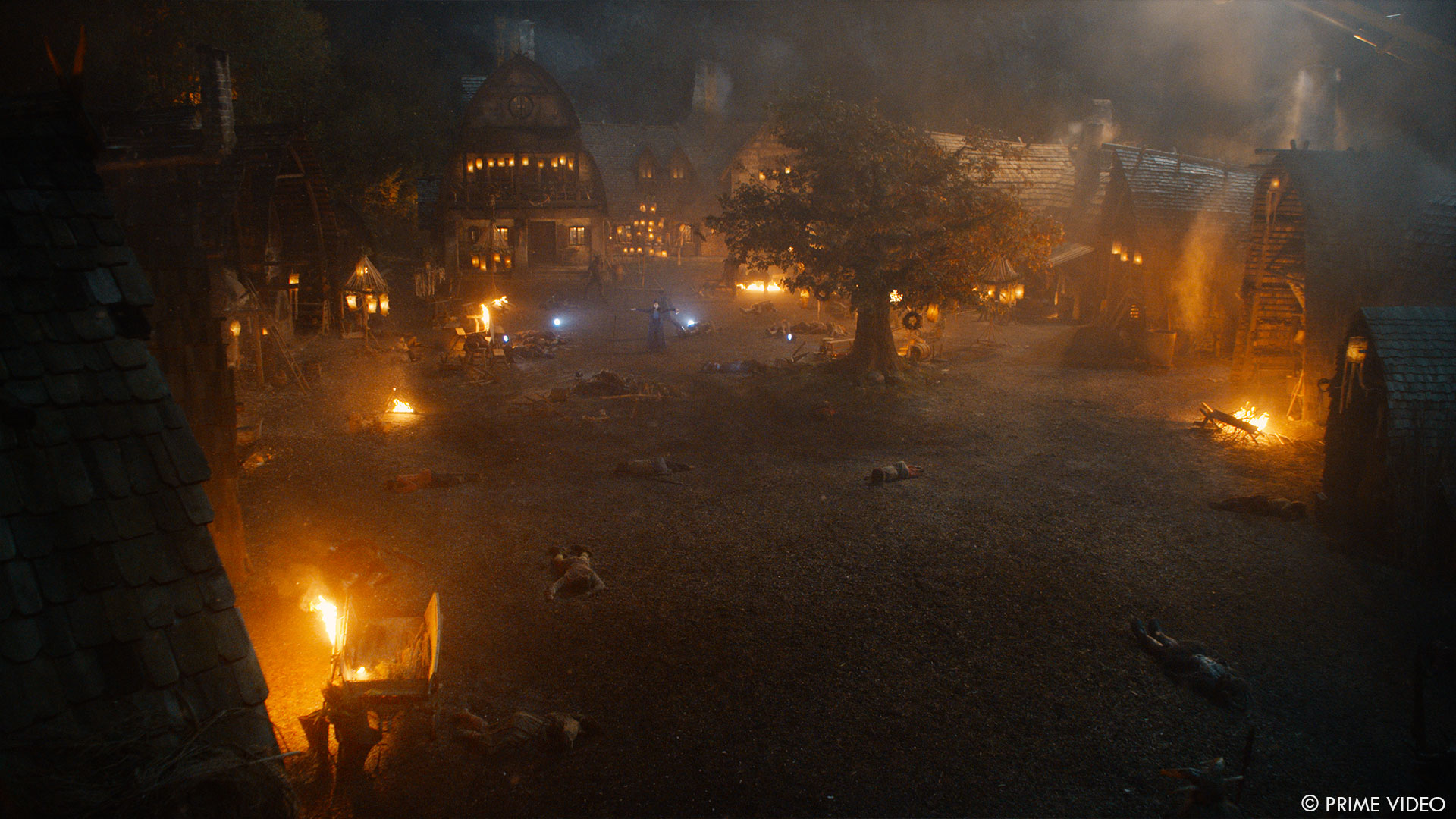
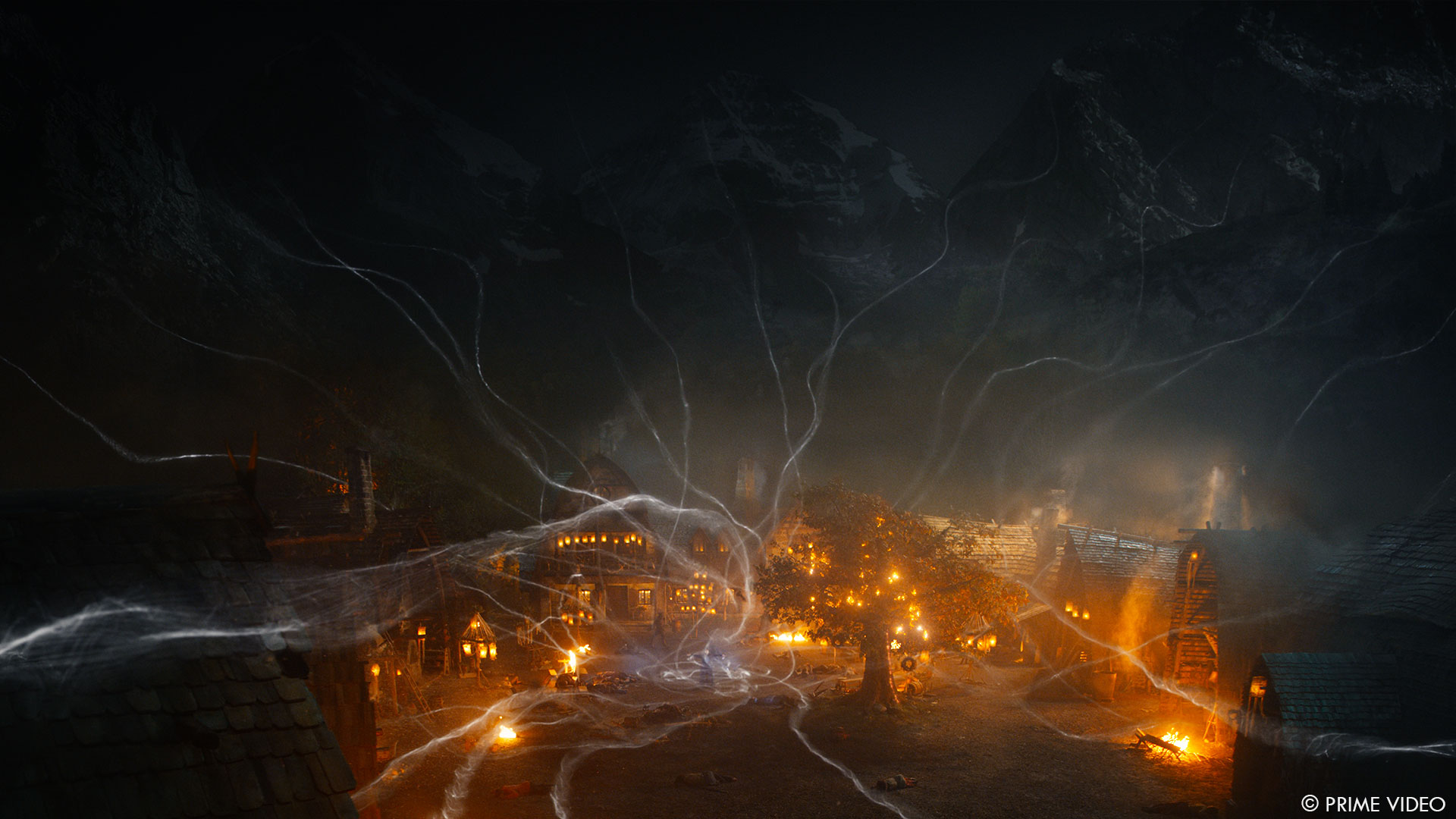
Did you want to reveal to us any other invisible effects?
Unbeknown’s to the audience there are sequences in the show where the actor and the sets where not in the same place (time and locations) all due to Covid. Amazon will reveal those sequences I’m sure in time and I’ll not say anymore, I would only say they were very satisfying type of VFX (drama constructs) and there’s no reason for anyone to ever pick them out.
Which sequence or shot was the most challenging?
Aside Logan’s Shielding mentioned above, this question must fall to episode 7 and 8. These episode were for the most part shot over a series of months during the pandemic and to some degree shot in a virtual way and like a giant puzzle all pieced together in post production.
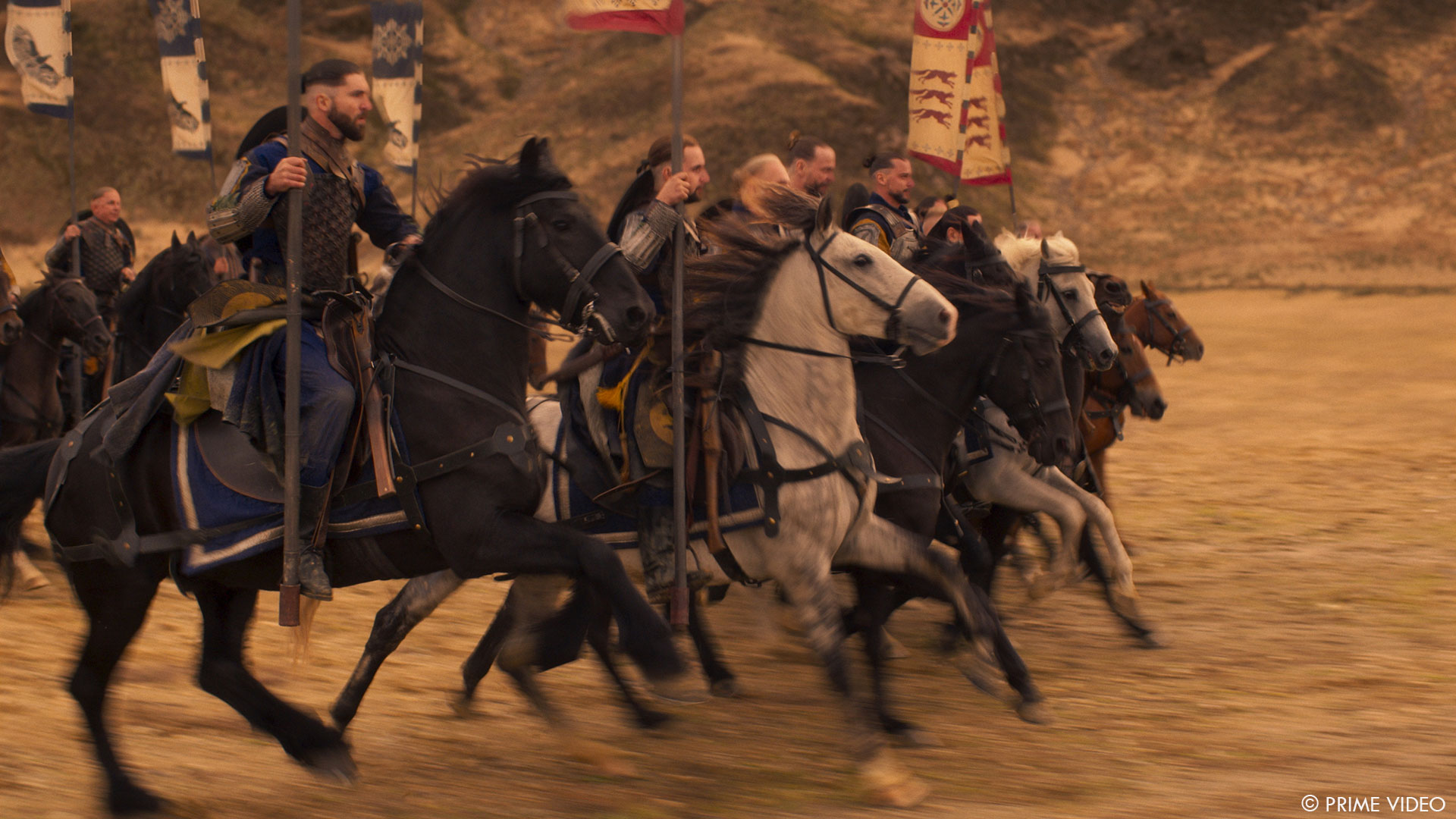
Is there something specific that gives you some really short nights?
Ha! I recall you’ve asked me once before. Like then my answer was I think, luckily nothing anymore. But If I think hard and seriously, unrealistic post production schedules would probably give me sleepless nights.
What is your favorite shot or sequence?
Thankfully in the WOT there are so many but I think the one shot has to be “Narg » the wolf Trolloc snarling at the Fireplace in Tam and Rands house Ep1. When I saw that shot for the first time I thought … »Ok we’ve got this”. MPC’s close-up Trolloc work was beyond our expectation. And the favourite sequence? Thats a tough one as there are so many great sequences, like the arrival of the Fade and Trollocs at the Taren Ferry jetty, the sinking of Taren Ferry, the dark Entity extraction from Matt in ep 6, The Ways ep 7 and many, many more. I just cant pick one.
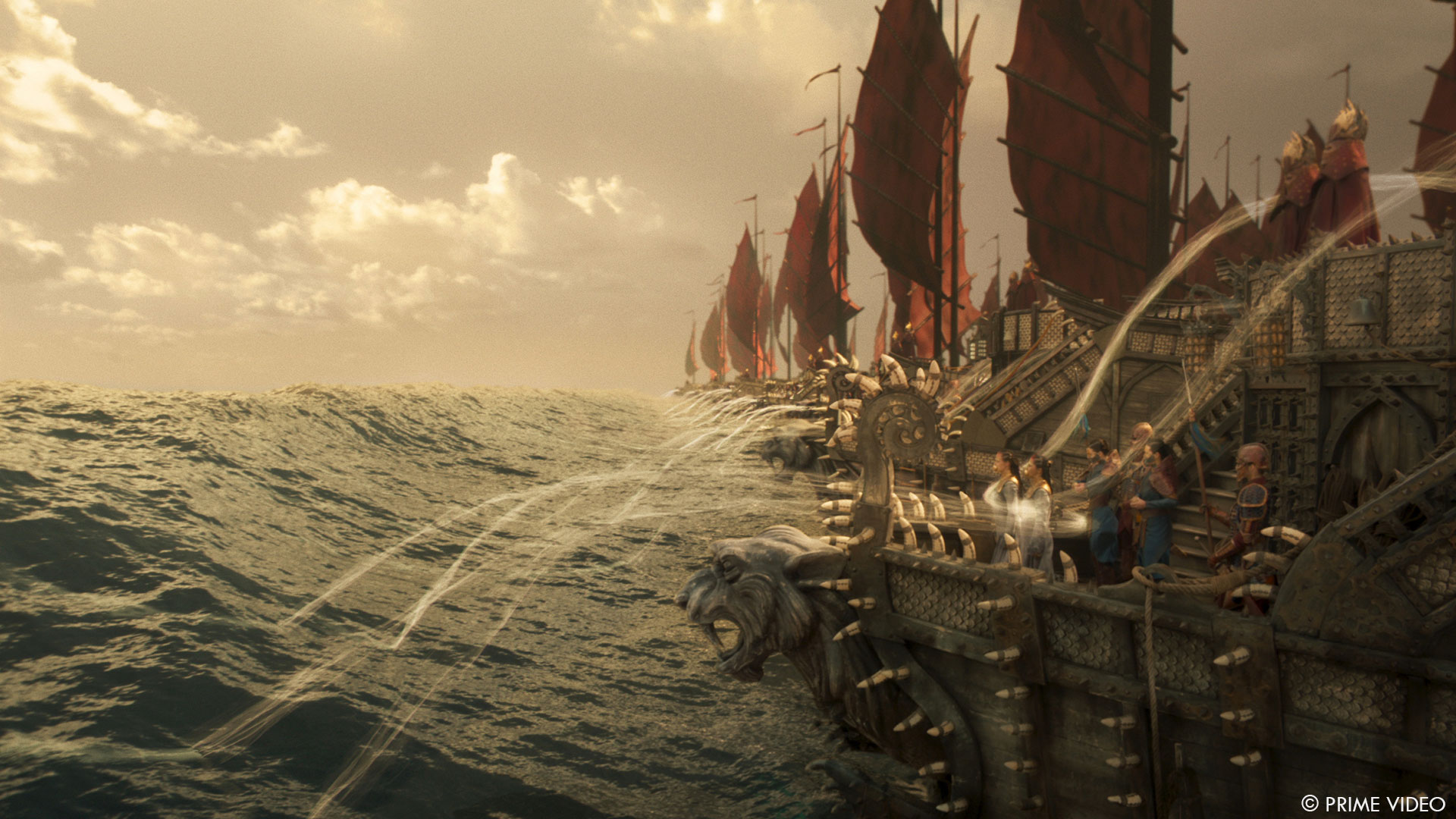
What is your best memory on this show?
The collaboration with Rafe and the team. We found ourselves like the rest of the world in a pandemic and we had to very quickly restructure ourselves into a new remote pipeline and thats is memorable and at the same time I don’t wish to do again (the remote working).
How long have you worked on this show?
20 months straight.
What’s the VFX shots count?
We ended just north of 3.5K shots over eight episodes!
What is your next project?
Holidays – then we’ll see. Happy holidays to all the Art of VFX’ers.
A big thanks for your time.
// The Wheel of Time: Inside Episode 5
WANT TO KNOW MORE?
Amazon Prime: You can watch The Wheel of Time on Prime Video now.
Cinesite: Dedicated page about The Wheel of Time on Cinesite website.
Outpost VFX: Dedicated page about The Wheel of Time on Outpost VFX website.
RISE: Dedicated page about The Wheel of Time on RISE website.
© Vincent Frei – The Art of VFX – 2021







WOT oracles?